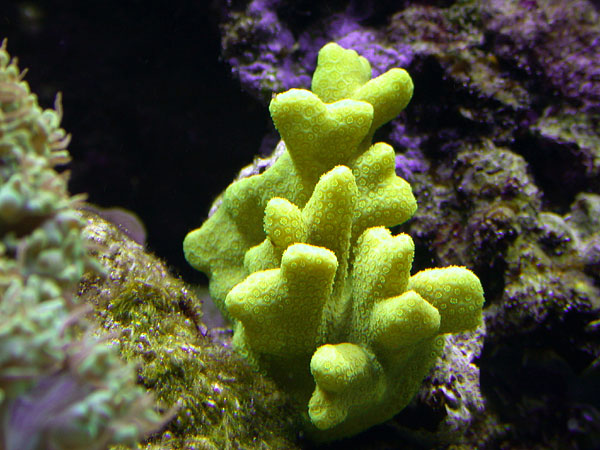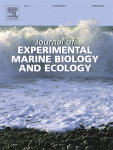Tell your friend that I have an Ehiem Autofeeder that drops NLS, Formula II or some other high quality pellet 4 times a day to my fishes full content, plus some extra for the emerald crabs, shrimp and other fauna. I also feed frozen nearly every day - hard to tell how much since I buy it by the pound or kilo and just break off a hunk to feed. Also drop in some flakes a few times a week for mass broadcast to keep the cleaners happy and not wanting to sample my corals, which they do not do if they are well fed. I also dose some ammonium from Ace Hardware into my fuges when I get new clams... seems to help them along, but I have nothing beyond anecdotes to prove this.
So at least 4 full bellies a day for my fish. They are fat, happy and not aggressive at all.
If I skip frozen, the fish don't care since they get so many pellets.





















